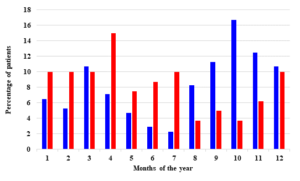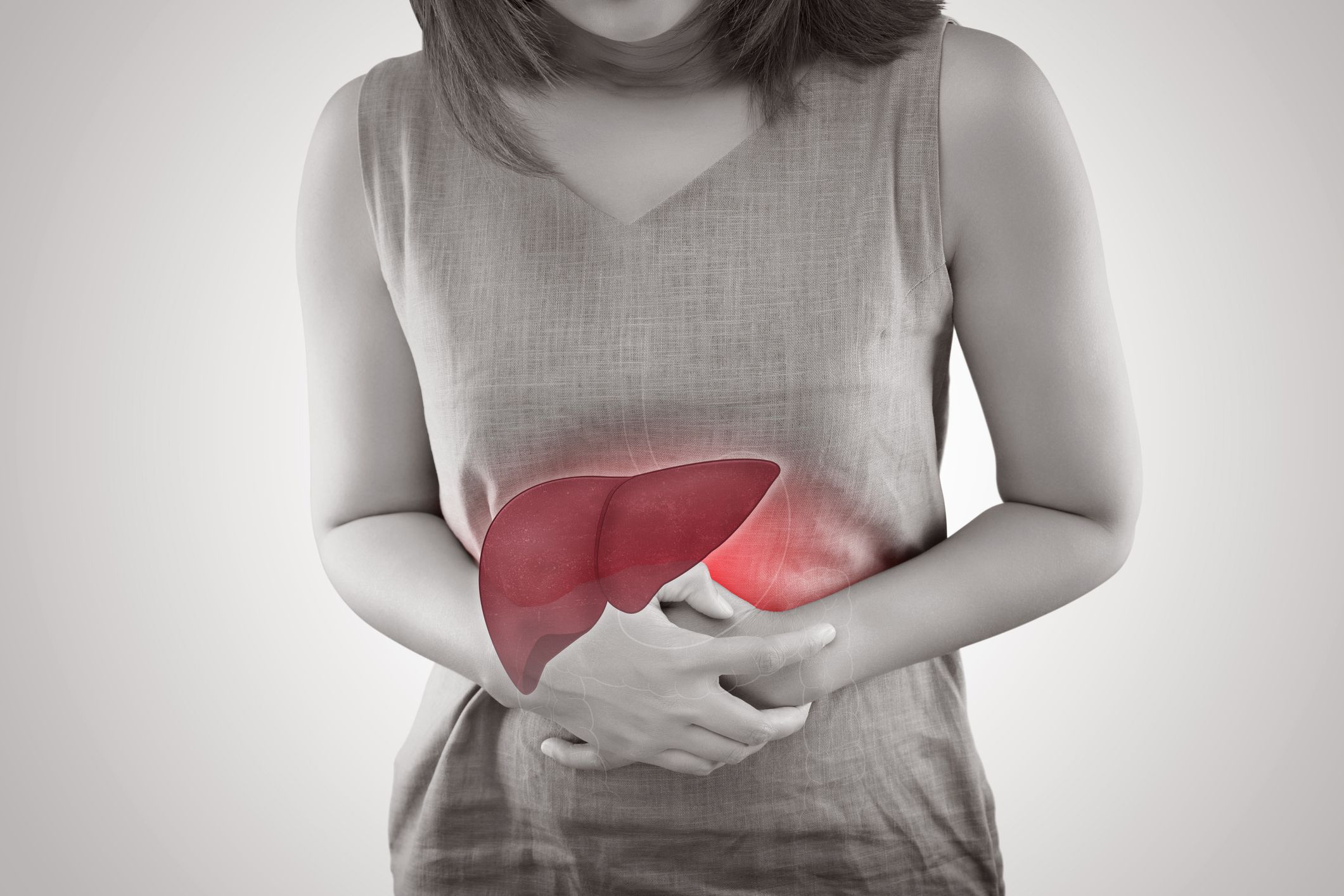Viral hepatitis is among the most common viral infections in infectious disease departments. They occupy an important place in the daily clinical practice of physicians. A recent study by Dr. Magdalena Baymakova and her colleagues investigated the clinical characteristics in patients with acute hepatitis A virus (HAV) and patients with acute hepatitis E virus (HEV) (Infect Drug Resist. 2023; 16: 3349–3366). The study was conducted in one of the largest hospitals in Bulgaria (Military Medical Academy, Sofia, Bulgaria – Fig. 1). This hospital is the Bulgarian reference center for liver transplantation.

Figure 1. Military Medical Academy, Sofia, Bulgaria
The authors included in the study patients with acute HAV infection (n = 158) and patients with acute HEV infection (n = 73). The mean age in HAV is 40.7±14.8 years compared to 54.4±14.5 years in HEV (p < 0.001). Participants over 50 years of age with HAV infection were 27.2% (43/158) compared to 67.1% (49/73) with HEV infection. The detailed and in-depth statistical analysis found that males with HEV had 3.091 times the odds of comorbidity “hypertension” than males with HAV (p = 0.032). Furthermore, females with HEV had 5.161 times the odds of comorbidity “hypertension” compared with females with HAV (p = 0.049). Also, the authors find that almost equal odds for elevated ALT in females with HEV and females with HAV (OR = 0.999; p = 0.025). In addition, in the non-elderly group (<60-year-old), HEV individuals had 4.544 and 10.560 times the odds of comorbidities “hypertension” and “cardiovascular diseases” compared with HAV patients (p < 0.05). The results of this research showed that the majority of HAV and HEV cases are observed in the cold months (October–March) of the year (Fig. 2).

Figure 2. The monthly incidence rates of acute HAV (in blue) and acute HEV (in red).
Although these infections (HAV and HEV) rarely lead to a severe clinical form, they continue to have an important place in infectious disease specialists’ work. Therefore, improving knowledge about acute HEV is a good prerequisite for improving medical care for these patients.
Read the full article (Infect Drug Resist. 2023 May 29;16:3349-3366):
https://www.tandfonline.com/doi/full/10.2147/IDR.S411606?src

